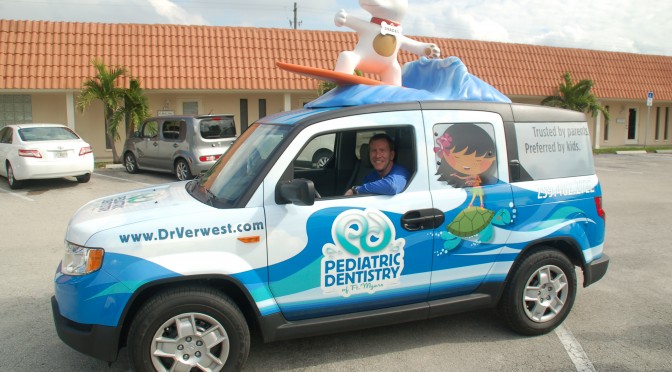Common Mistakes When Using An Electric Toothbrush
Electric toothbrushes are known to clean teeth more effectively than regular toothbrushes. However, if you aren’t using the electric toothbrush properly, you won’t receive the[…]
Which Toothbrush is Right For You?
Choosing the right toothbrush can be crucial for enhancing a happy, healthy set of chompers. We have a few ideas to keep in mind when[…]

Local Dentist Recognized as America’s Best Dentist for 2016
The National Consumer Advisory Board has named Pediatric Dentistry of Ft. Myers, Dr. Tim M. Verwest, DMD one of America’s Best Dentist for 2016. Selections[…]
Baby pacifiers: Pros and cons
Should parents let their infant use a pacifier? According to the Academy of General Dentistry (AGD), there are benefits as well as a downside to[…]
5 tips to keep teeth healthy over the holidays
No matter how much you love your dentist, he or she probably doesn’t top the list of people you want to spend quality time with[…]
How to Take Care of Your Toothbrush
Your toothbrush helps to keep you clean and healthy, so why not return the favor? Here are some guidelines for caring for your toothbrush: 1. […]
Did You Know: Toothbrush Trivia
The toothbrush you recognize today was not invented until 1938. Before then, people would chew on the end of a twig to splay it and[…]
Fun Ways to Recycle Your Toothbrush
We are supposed to replace our toothbrushes every 3 months, when there is noticeable wear, or when we have an illness. So on average, a[…]
